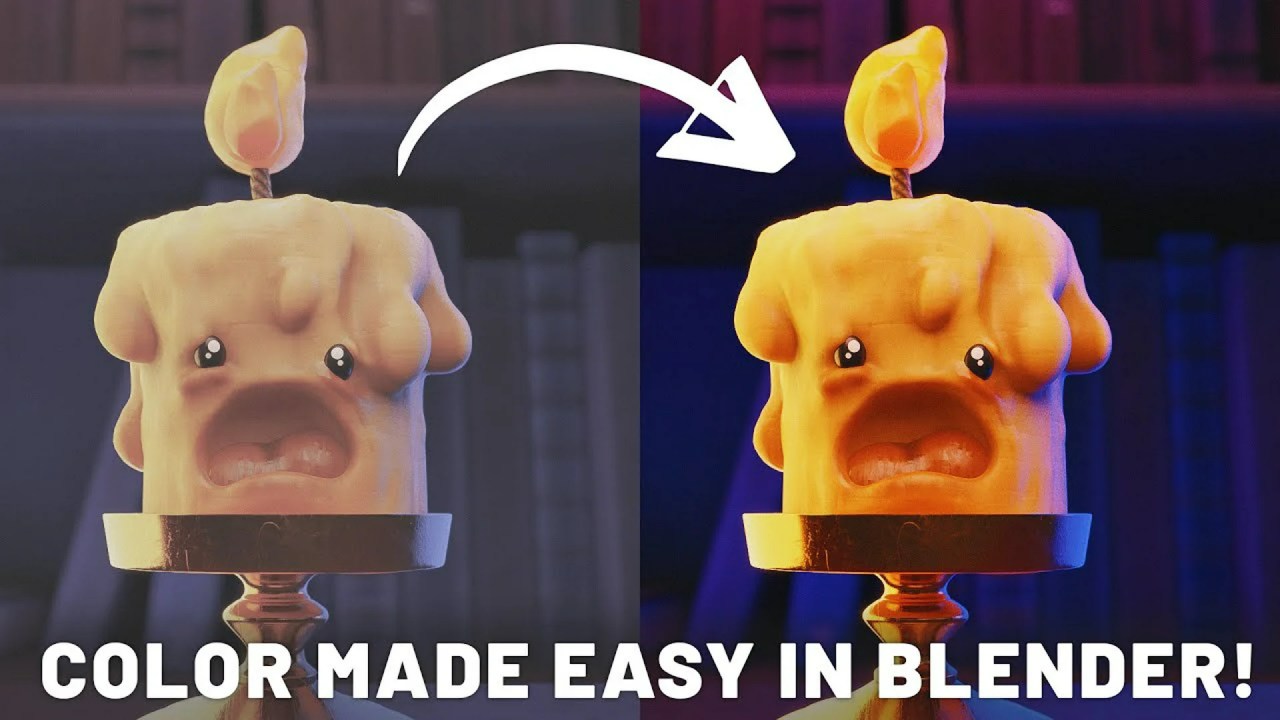Transform your Unreal Engine 5.3 projects with a dynamic reticle that responds to gameplay. This tutorial shows you how to add, hide, and animate a realistic weapon reticle, enhancing player immersion and feedback.
In the world of game development, small details often make the biggest impact on player immersion. A static HUD can detract from the feeling of a vibrant, responsive game world. If you’ve ever felt that your in-game weapons lack that punch, a dynamic reticle might be the solution you’re looking for. It adds a crucial layer of feedback, expanding with each shot and contracting as you regain control, truly bringing your weapon mechanics to life.
Fortunately, the creative minds at Synty Studios have crafted an excellent tutorial demonstrating precisely how to implement such a system in Unreal Engine 5.3. Known for their distinctive low-poly, stylized 3D assets that power countless indie and AAA titles, Synty Studios consistently provides invaluable resources for game developers. This guide leverages their popular Interface Fantasy Warrior HUD pack to show you how to add a reticle that becomes visible upon weapon pickup, expands when firing, and contracts after a brief delay.
Setting Up Your Reticle
The process begins by selecting your desired reticle from the HUD pack’s “reticles and crosshairs” folder – for instance, “Reticle06.” You simply drag this asset onto your HUD. To ensure perfect alignment, the team advises adjusting the screen space anchors so that top and bottom offsets are equal. Then, select the crosshair, set its anchor to the center, adjust alignment to 0.5, and set its position to 0 by 0. Crucially, set the reticle’s initial visibility to “hidden” within the HUD’s details panel to prevent it from appearing prematurely.
Dynamic Visibility on Weapon Pickup
Next, you’ll manage the reticle’s visibility based on whether the player has a weapon. In the First Person Character blueprint, create a new custom event called “Set Reticle Visibility” with a boolean input, “bVisible.” Obtain a reference to “My HUD” and then to the “Reticle” itself. A Set Visibility node for the reticle, connected to a Select node, allows you to dynamically show or hide it. When “bVisible” is true, the reticle becomes visible; when false, it’s hidden. To trigger this, navigate to the BP Pickup Rifle blueprint’s component overlap logic. Before the “Destroy Actor” node, get a reference to the First Person Character and call the “Set Reticle Visibility” event, setting “bVisible” to true. This ensures your reticle appears precisely when a weapon is picked up.
Animating Recoil: Expansion
To give your reticle that satisfying recoil effect, first disable any demo animation on the reticle within the HUD by setting “Demo Active” to false. In the BP First Person Character blueprint, promote the reticle reference to a variable, ideally during the “Begin Play” event, for easy access. Create a new custom event named “Add Recoil.” Here, you’ll define two float variables: “Aim” (initialized to 0, representing current expansion) and “Add Aim On Fire” (e.g., 0.25, defining expansion per shot). Inside “Add Recoil,” get the reticle variable and call Play Animation Time Range. Set the “In Animation” to “Anim Aim.” The “Start Time” will be your current “Aim” value. The “End Time” is calculated by adding “Add Aim On Fire” to the current “Aim,” then clamping this sum between 0 and 1 to prevent over-expansion. After playing the animation, update the “Aim” variable with this newly clamped value.
Implementing Contraction with Delays
Handling contraction is key to a natural feel. Implement a Retriggerable Delay with a duration (e.g., 1 second). This smart delay prevents premature contraction during rapid firing. After the delay, get the reticle variable again and call Play Animation (not Play Animation Time Range). Set the “In Animation” to “Anim Aim” and the “Play Mode” to Reverse. The “Start Time” for the reverse animation should be calculated as 1 - Aim, ensuring it contracts smoothly from its current expanded state. Finally, after this contraction animation, reset the “Aim” variable back to 0.
Connecting Recoil to Firing
The final step is to trigger the “Add Recoil” event when the player shoots. Navigate to the BP Weapon Component blueprint, which manages player firing. At the conclusion of the existing shooting logic (after spawning projectiles, playing sounds, and montages), get a reference to the First Person Character and call the “Add Recoil” event. This comprehensive setup ensures your reticle appears upon weapon acquisition, expands with each shot, and gracefully contracts after a brief pause in firing, providing essential visual feedback.
Synty Studios offers a vast library of assets to accelerate your game development. While the Interface Fantasy Warrior HUD pack used in this tutorial is a premium asset, it’s a worthwhile investment for its quality and ease of integration. For those looking to access a broader range of their high-quality stylized assets, consider SyntyPass (details here), which unlocks their entire library of art, animation, and interface asset packs for game developers. SyntyPass provides an incredible value proposition for creators who frequently use their assets.
Implementing a dynamic reticle is a fantastic way to enhance the player experience, making combat feel more tactile and responsive. Synty Studios has provided a clear and concise tutorial that empowers developers to achieve this professional polish with relative ease. By following their blueprint-centric approach, you can significantly improve the visual feedback of your weapon systems in Unreal Engine 5.3.
If you found this tutorial helpful and are eager to dive deeper into game development within Unreal Engine, we encourage you to explore our extensive resources. Discover more advanced techniques and guides in our dedicated Unreal Engine Blueprints & Game Dev section. For a broader overview of everything Unreal, check out our main Unreal Engine category.
Source:
How to add and animate a reticle in Unreal Engine (Tutorial) by #SyntyStudios



